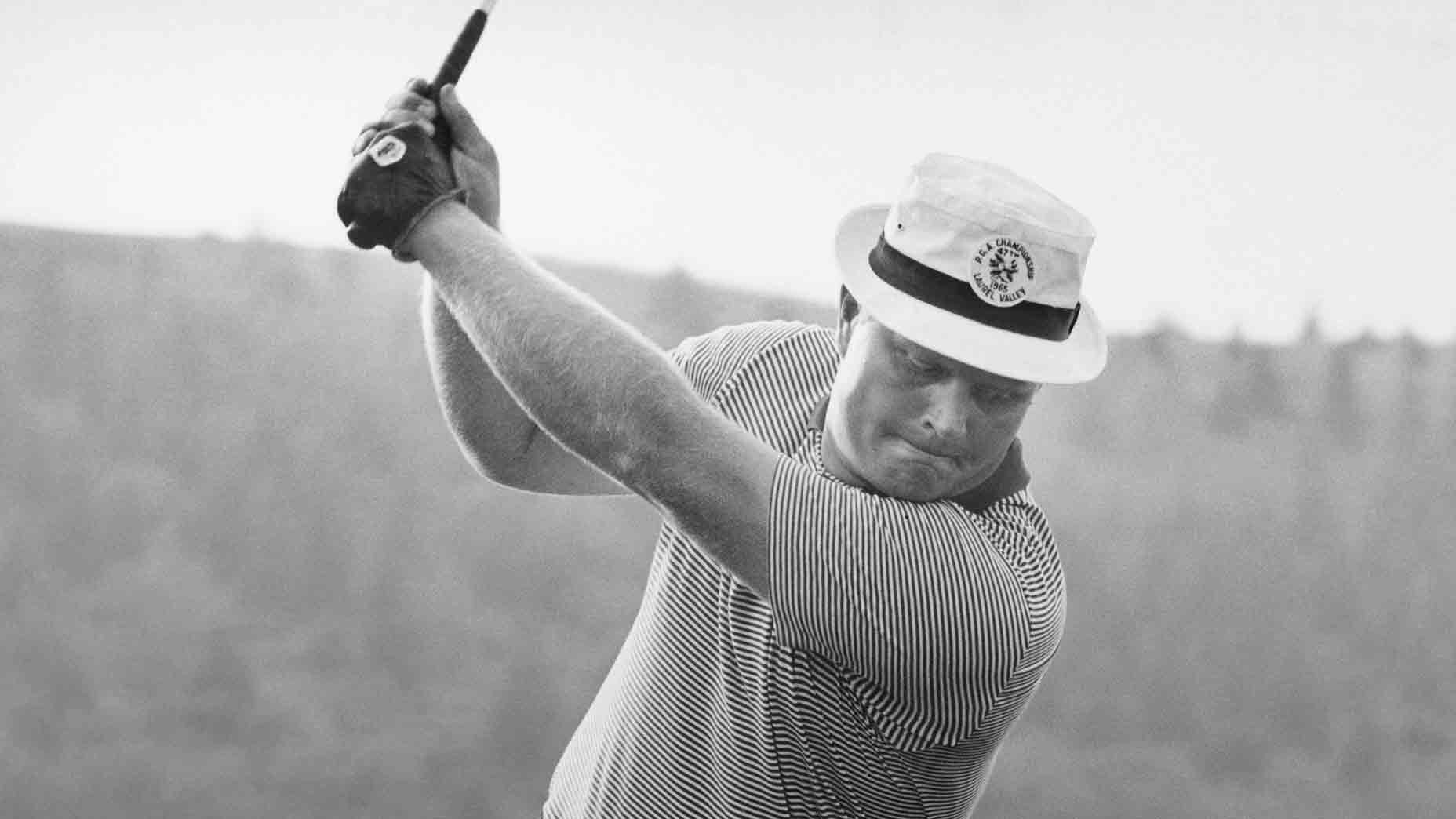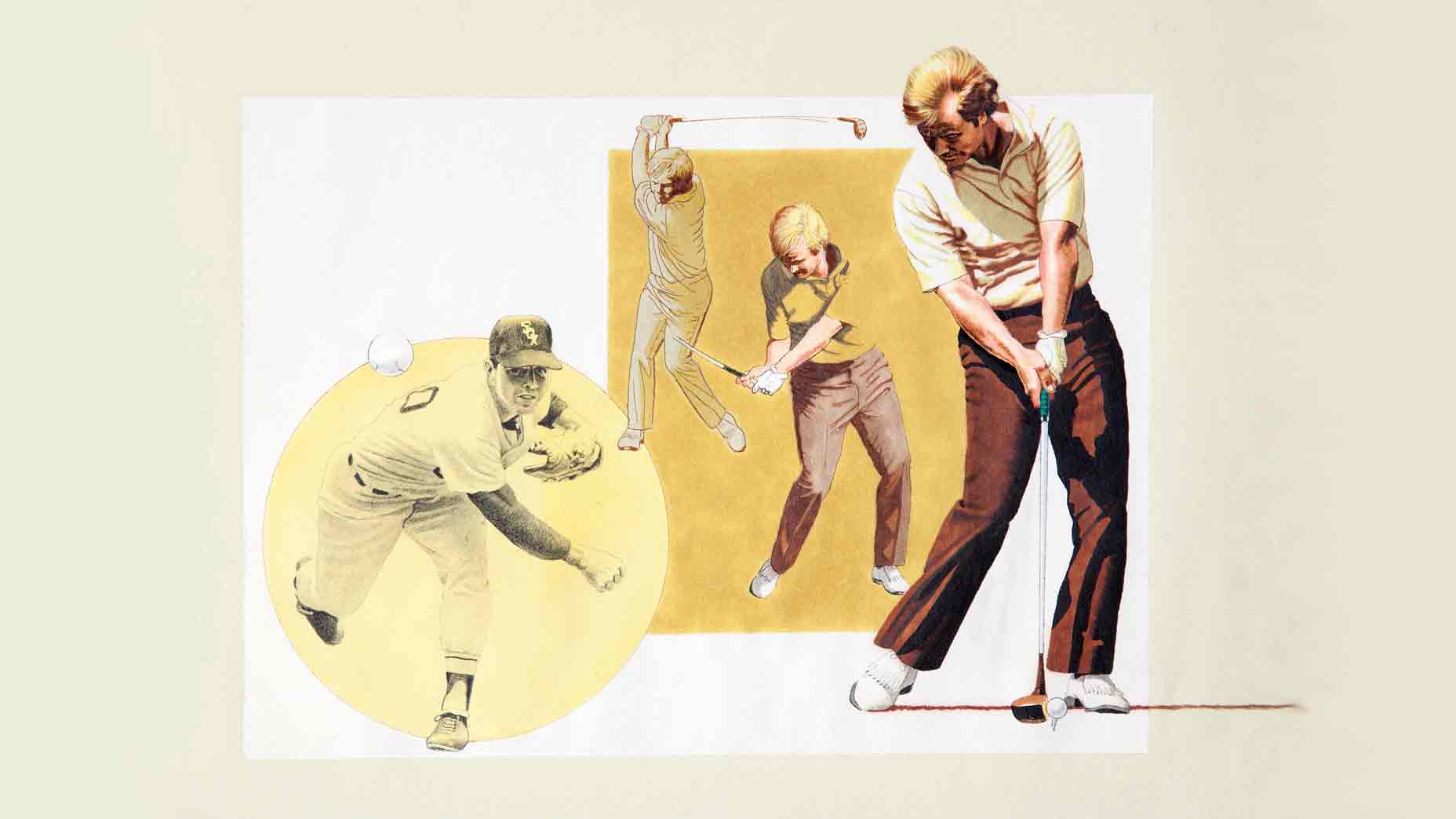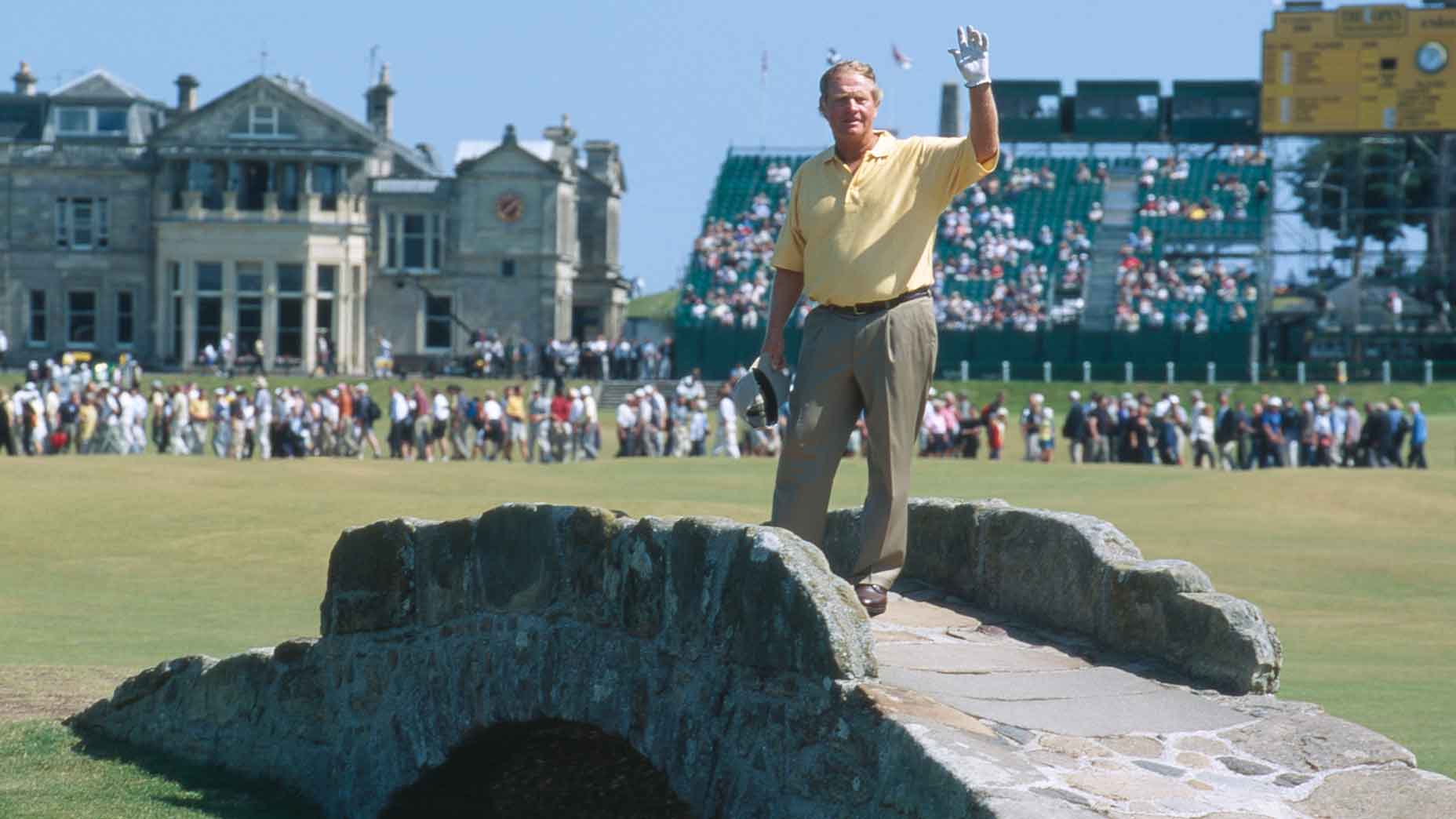Jack Nicklaus: At the Ryder Cup, winning means something but it doesn’t mean everything
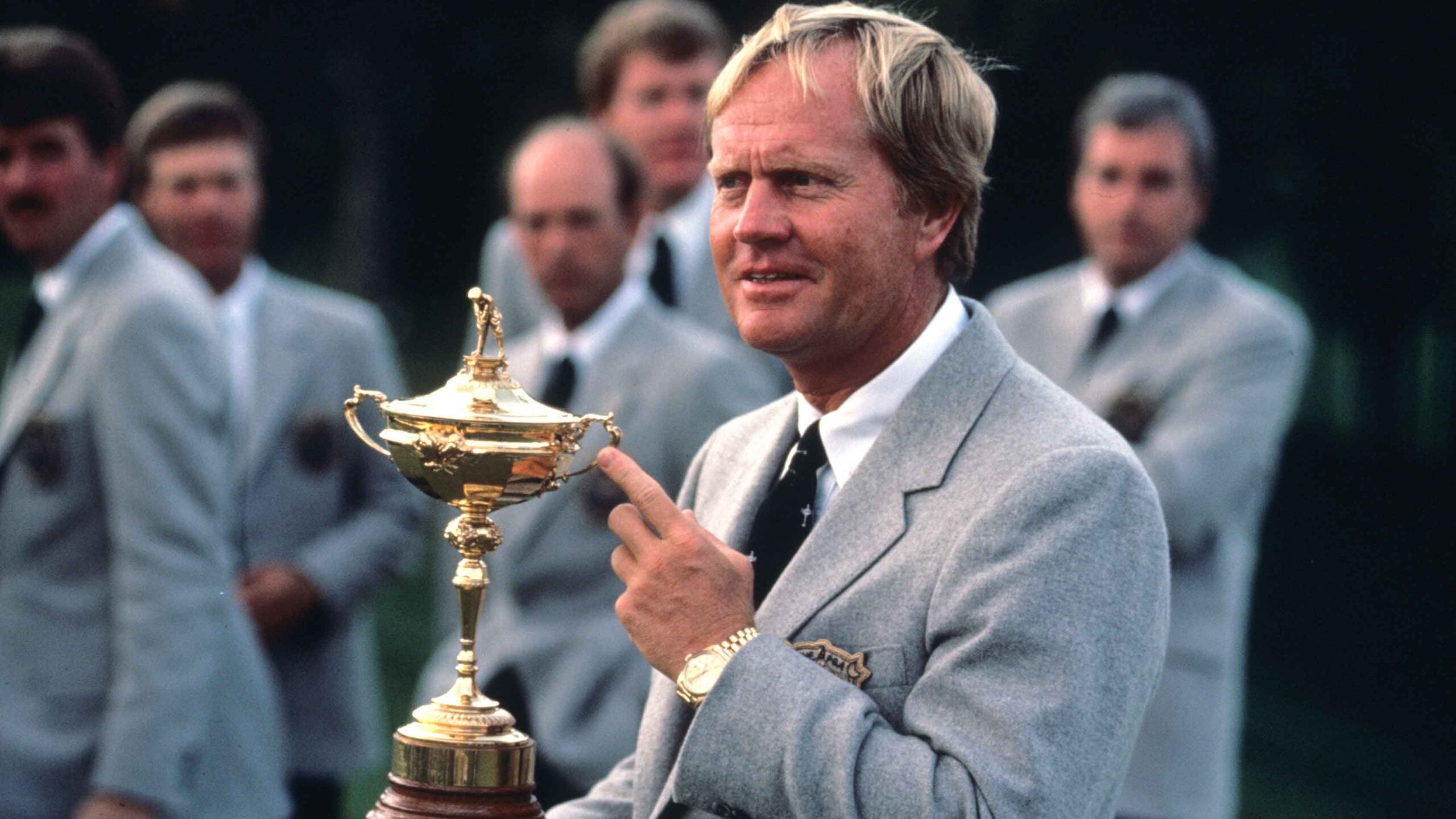
Jack Nicklaus during his captaincy at the 1987 Ryder Cup at Muirfield Village GC.
getty images
Hopefully, this week proves to be worth the wait.
Among the many things Covid altered in our lives is the always anticipated Ryder Cup. The biennial match between the United States and Europe got pushed out of 2020, but now, a year later and three years removed from Europe’s dominant win in Paris, the Ryder Cup is here and ready to take stage at Whistling Straits, near Kohler, Wis.
This beautiful course, designed by my lifelong friend, the late Pete Dye, plays along two miles of Lake Michigan shoreline. I am confident Pete loved creating this open, rugged course on the windswept terrain.
I grew up in Ohio and went to Ohio State University, where football is a pastime and a passion. So I know that throughout the Midwest, college football is king in the fall. But not when a Ryder Cup is being staged in America’s Breadbasket.
On Friday, Saturday and Sunday — the three days of Ryder Cup matches — you’ll have a football-like atmosphere at Whistling Straits. There’s no event in golf that’s more geared toward the fans than the Ryder Cup. You see the players on both teams feeding off the fans, and the golfers often fueling the fans, with their passion and spirited play. The Ryder Cup also captures the attention of the media, especially across the pond. It’s just a different kind of event, and the eyes of the golf world will be fixed on it this week.
The focus at the four men’s major championships is typically on the course and what the guys can shoot. All through the Florida Swing in March, you’ll hear players say that they’re working on their games, trying to have everything in good shape by the time they get to Augusta in April. You’ll hear much the same in May, as the PGA Championship approaches; then in June for the U.S. Open; and, finally, in July when The Open Championship tees off.
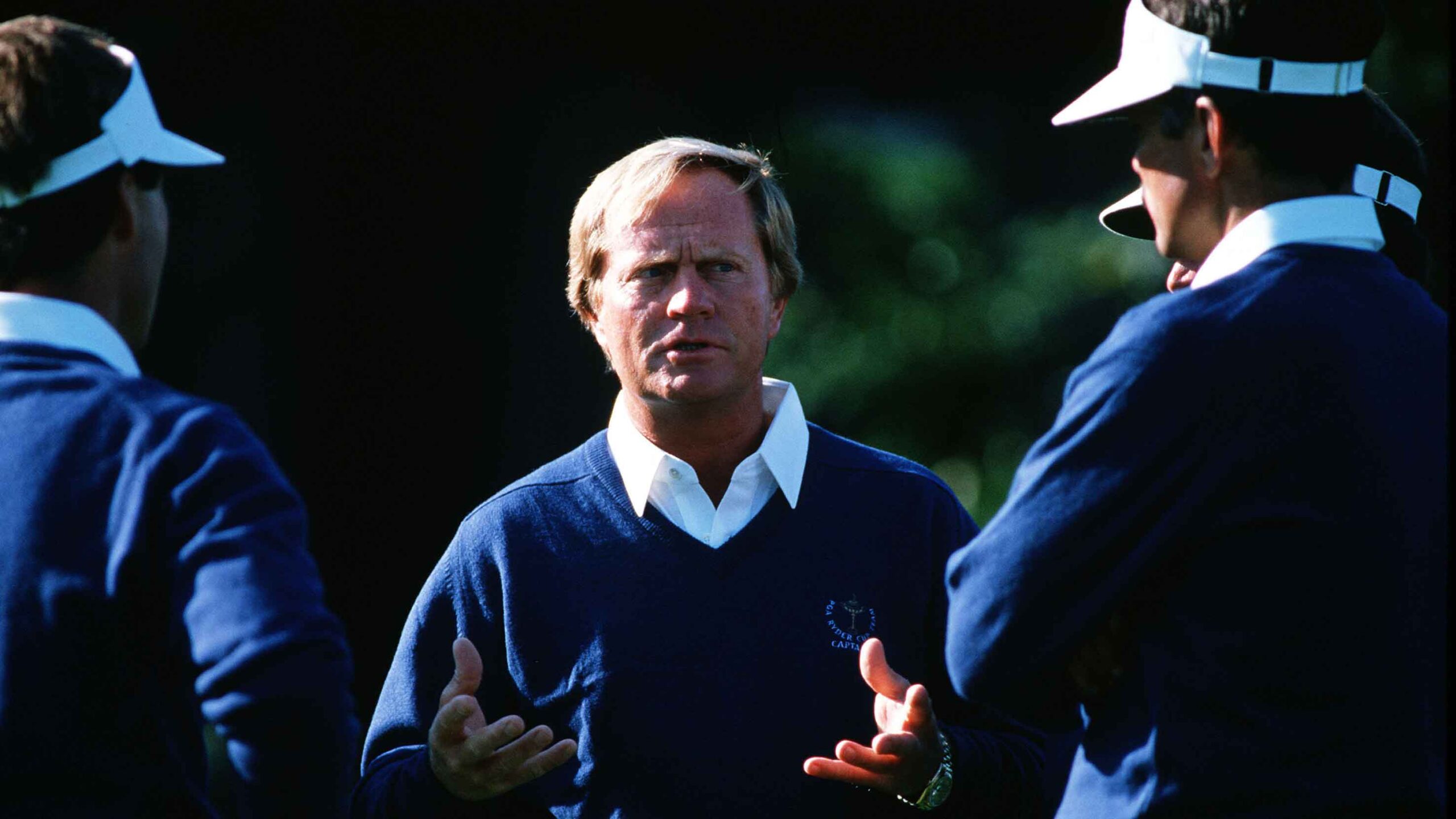
With the majors and the FedEx Cup Playoffs behind them, the 24 players this week know what the Ryder Cup is, and what we should always remind ourselves it is: a goodwill match between two golfing organizations and two tradition-rich fan bases in the U.S. and Europe; an exercise in camaraderie and sportsmanship; and a showcase for our great game. When you add into the mix the passion of the fans, it can and does become even more meaningful.
The Ryder Cup, as everyone knows, has over the years become competitive in every way, and both the European and the American teams are more patriotic now than ever. I think that’s great. It is the one week where one of the world’s best golfers is not playing just for himself. He’s also playing for 11 others, for his country and for an enormous amount of pride. Professional golfers, to generalize, are independent-minded people. For one week a year — at Ryder Cups and Presidents Cups — they’re asked to adopt a philosophy of team first.
I played on six Ryder Cup teams, from 1969 to 1981, and was the captain for the first time in 1983. We won all of those events except for the first, which we tied. That is, the American team and the team from Great Britain & Ireland tied. That’s the year I conceded a short putt to Tony Jacklin on 18 in the final singles pairing that meant a halved match, and the first tie in Ryder Cup history. It wasn’t premeditated or orchestrated. It was just the right thing to do.
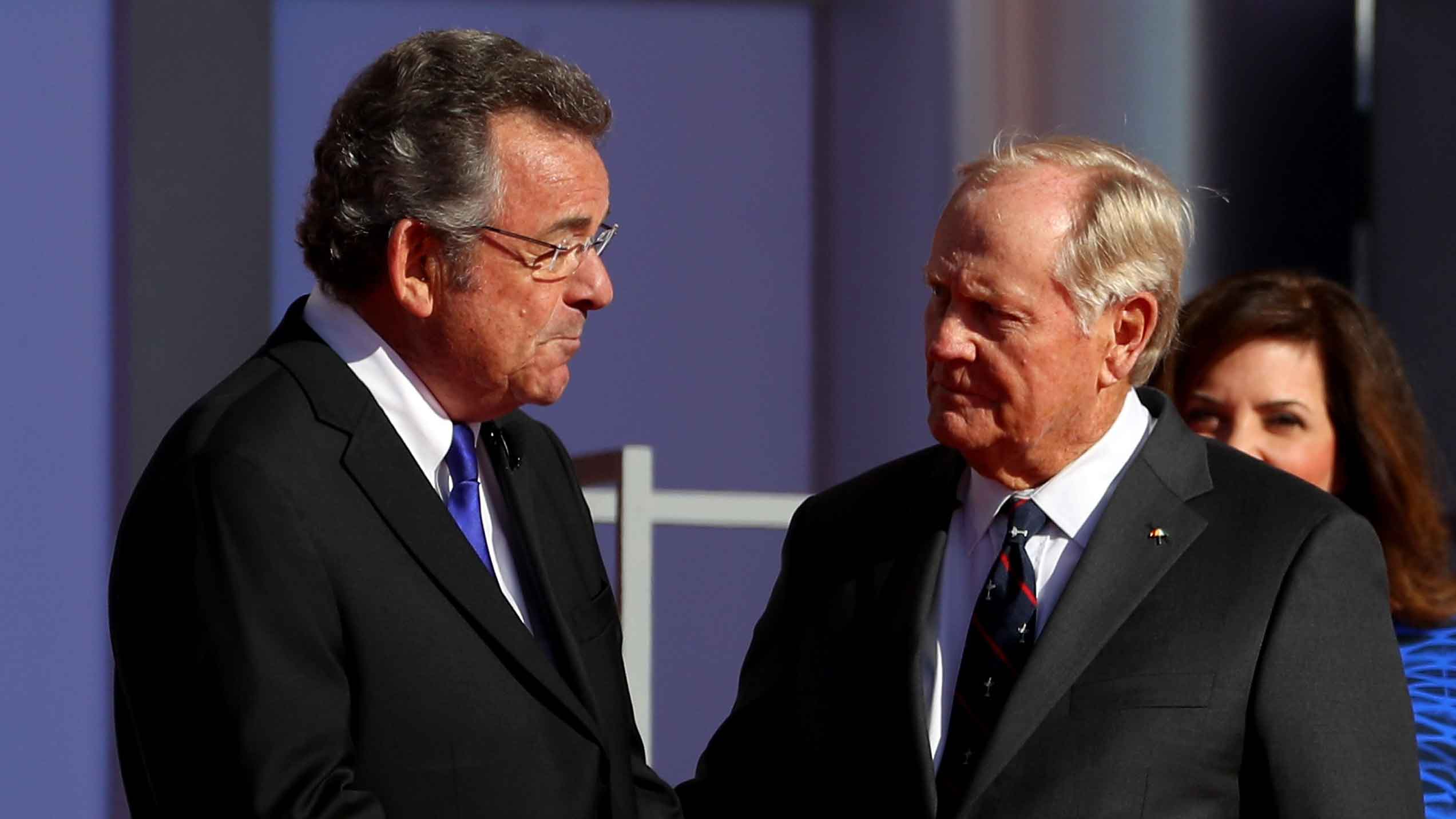
Just two months earlier, Tony had become the first British player to win The Open Championship in 18 years. He was Britain’s hero. As I told Tony on the 18th green, I didn’t think he would have missed that putt, but I wasn’t going to give him the chance. No one wants the outcome of a three-day goodwill match to hinge on one player possibly missing one short putt. Every Ryder Cup captain I have asked since has agreed it was the right decision. Both Tony and I are honored and humbled that this week the Ryder Cup will present the first Nicklaus-Jacklin Award to the player who makes the right decisions in the proper spirit of the matches. The player who simply does the right thing.
Less than a decade removed from “The Concession,” I lobbied the powers of both the U.S. and GBI to include all of Europe in the Ryder Cup for the betterment of the matches’ future. By 1985, the Americans lost to an expanded team, a European team, in England. The next Ryder Cup was in 1987, at my Ohio home course, Muirfield Village Golf Club, in Dublin. I was the captain of the American team that year. We lost the 18th hole of every match that mattered, and eventually lost to Europe. In the United States. On a course I designed. In my hometown. Not the result I was prepared for.
Yes, the Europeans won, and that gave them bragging rights for two years. But it was probably the best thing that could have happened to the Ryder Cup. The matches were successful, both inside the ropes and financially. And my shoulders were broad enough to handle the defeat, because in the end, the game of golf was the big winner.
But don’t get me wrong. The Ryder Cup is fun. It’s great fun. It’s intense. And I wanted to win — always. But there are times it is better to see the big picture, and whether it was 1969 or 1987 (by the way, my friend Tony Jacklin was the European captain in 1987, just as he was my opponent at Royal Birkdale), the lasting impact of the matches was bigger than the moment.
Eleven years after my last opportunity to captain a Ryder Cup, I was given the honor of captaining the U.S. team in a Presidents Cup. Over my four chances to serve in that role in the Presidents Cup, my appreciation for the strategy and the chemistry that is key to a Ryder Cup was elevated. It’s fun to see how the captains pair their players. It’s fun to see how the players handle their playing partners, as well as their opponents. It’s even fun to watch the concessions.
It’s fun to see how the players handle their playing partners, as well as their opponents. It’s even fun to watch the concessions.
Sometimes you’ll see putts given early but not late. That’s the game within the game. If you have to make your first meaningful putt on 15, you might feel a little out of practice, out of your comfort zone. That’s not gamesmanship. That’s match-play golf. It’s neat to see the players root for the guys, their teammates, the same guys they compete against over an entire season of golf. The friendships and memories I made over my Ryder Cup career are among my fondest.
For what it’s worth, I believe the U.S. is going to win this year. I just think the U.S. has a deeper, better team. I know Europe has won seven of the last nine Ryder Cups, and nine of the last 12. But in 2016, the last time the Ryder Cup was played in the United States, the Americans had a deep team that played superior golf and it showed in the end. The Americans won easily (17-11) on that October Sunday at Hazeltine, in Chaska, Minn. Another Midwestern Ryder Cup.
And if the Europeans do win, that’s OK. They get bragging rights — for two years, anyway. So, you take off your cap, extend your hand, and offer a sincere “Well done!”
It’s just the right thing to do.
This article is the latest installment of the Golden Rules series, produced by Jack Nicklaus in association with Generational Group. Read more about the partnership here.






